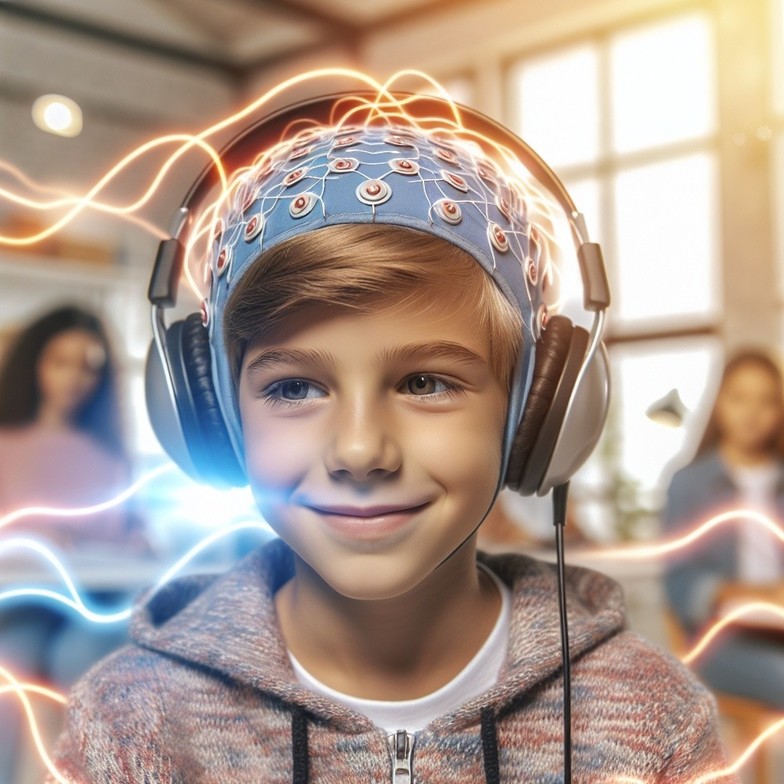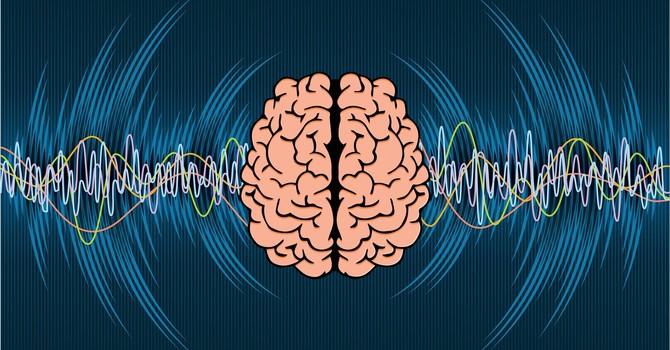
Rewiring the Brain: How Neurofeedback Supports Depression and Anxiety
Depression and anxiety affect millions of people worldwide, making daily life feel overwhelming and exhausting. While medications and counseling remain valuable treatment options, more and more individuals are looking for natural, drug-free solutions that gently restore balance in the brain. One powerful approach gaining recognition is neurofeedback — a non-invasive therapy that helps retrain the brain to regulate mood, reduce stress, and support long-term emotional well-being.
Research has shown that neurofeedback can significantly reduce symptoms of depression and anxiety by helping the brain develop healthier patterns of activity. You can read more in this article from the National Library of Medicine: https://pmc.ncbi.nlm.nih.gov/articles/PMC5623475/

Neurofeedback, also known as EEG biofeedback, is a cutting-edge therapy that helps the brain learn to function more efficiently. It works by measuring brainwave activity in real time and providing feedback through visual or auditory cues. These cues help train the brain to shift into more balanced, regulated patterns.
Neurofeedback is based on the principle of neuroplasticity—the brain's ability to change and adapt throughout life. When brainwave patterns are dysregulated (which is common in depression and anxiety), neurofeedback can guide the brain back into healthier ranges.
The Science Behind Neurofeedback for Mood Disorders
Research shows that individuals with depression often exhibit excessive slow-wave activity (like theta and delta waves) in the frontal regions of the brain, which are linked to motivation, planning, and emotional regulation. Those with anxiety tend to display heightened beta activity, associated with over-arousal and a constant "fight or flight" state.
Neurofeedback sessions target these irregular patterns, helping the brain self-correct. Over time, this can lead to:
-
Improved emotional regulation
-
Decreased symptoms of anxiety and panic
-
Reduction in depressive episodes
-
Better stress tolerance and mental clarity
Studies have shown promising results. For example, a meta-analysis published in the journal Clinical EEG and Neuroscience found that neurofeedback led to significant reductions in symptoms of both depression and anxiety, comparable in some cases to pharmaceutical interventions.
What to Expect During a Neurofeedback Session
During a session, sensors are placed on the scalp to monitor brainwave activity. The patient then watches a movie, listens to music, or plays a game designed to respond to their brain's activity. When the brain moves into a desirable pattern, the feedback reinforces that activity. The process is safe, painless, and often described as relaxing.
Most individuals begin noticing changes after several sessions, though long-term results typically require a series of treatments customized to the individual’s neurological profile.
Why Neurofeedback Is a Game-Changer
-
Non-invasive and drug-free
-
Personalized to your brain’s unique activity
-
Can be used alongside traditional therapies
-
Strengthens emotional resilience and cognitive function
Neurofeedback doesn’t suppress symptoms—it helps the brain work better so that emotional stability becomes more natural and sustainable.
Functional Medicine: Supporting the Brain from the Inside Out
While neurofeedback trains the brain from the outside in, functional medicine supports it from the inside out. At O’Keefe Matz Functional Health Clinic, we combine these approaches to help address root causes such as:
-
Inflammation
-
Hormonal imbalances
-
Gut-brain axis dysfunction
-
Nutritional deficiencies
Through lab testing, personalized nutrition, targeted supplementation, and lifestyle changes, functional medicine enhances the brain’s environment so neurofeedback has an even greater impact.
Ready to Feel Like Yourself Again?
If you’re struggling with depression or anxiety and want a natural, scientifically-supported path forward, neurofeedback might be the key.
Visit us at O'Keefe Matz Functional Health Clinic
1051 Ashland Avenue, Saint Paul, MN 55104
Call us at 651-292-8072 to schedule a consultation
Learn more: www.improveurhealth.com
Your brain is capable of change. Let us help you unlock that potential.
Dr. Janell Matz
Contact Me


